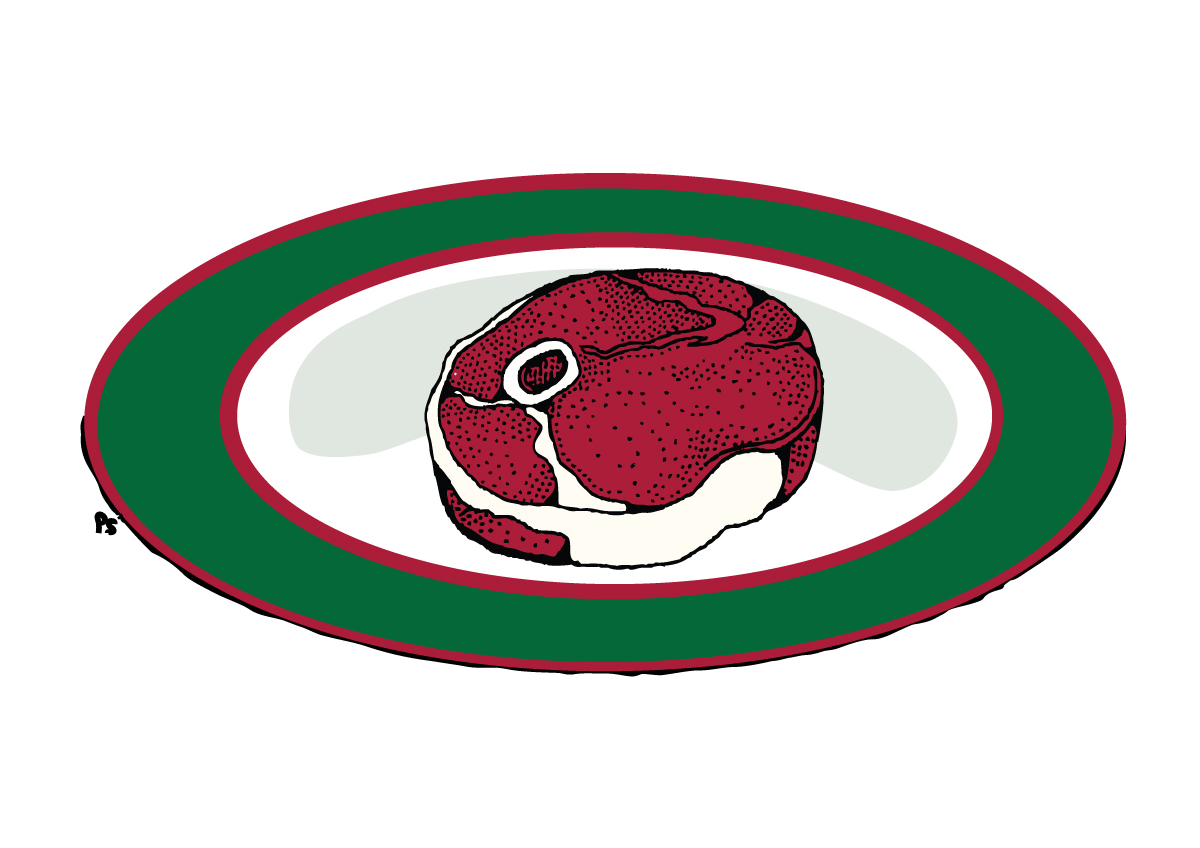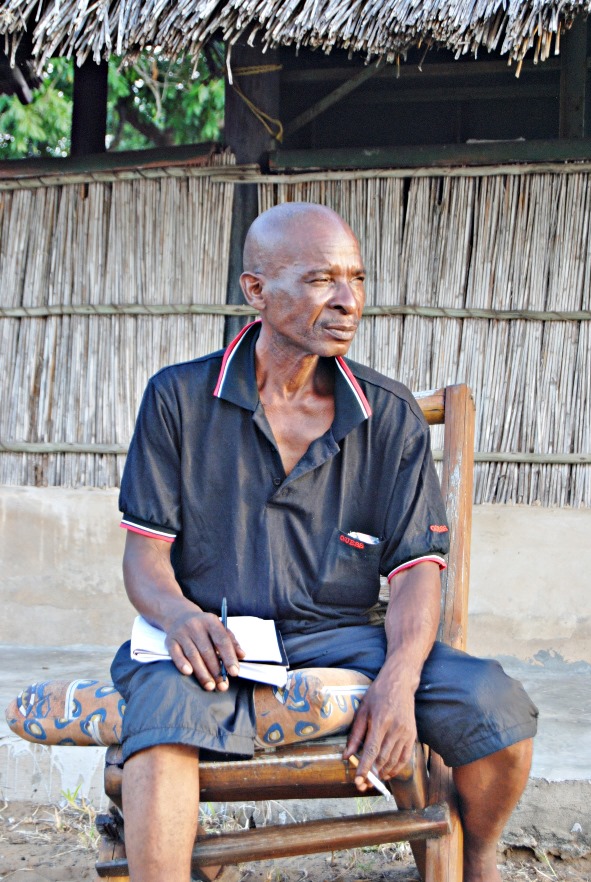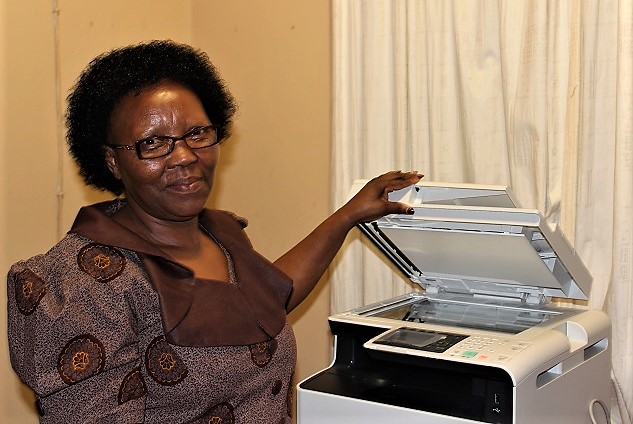Some of us will survive the coronavirus pandemic. Some of us will not. In the meantime, wear a mask, says respected physician Dr Jonas Sharma.
Sharma’s frank and sage advice on the coronavirus pandemic has been widely shared on Youtube. If you missed it, click here.
Briefly
The virus can only survive in a host person,” says Sharma, the emergency room section head and chair of family medicine at the Notre Dame de Chartres Hospital, in Baguio City, Phillipines. .
“After it takes its course within, it’s over, unless it gets into another host person. This cycle will never end, until all persons on Earth will have been infected. Together with quarantine and social distancing, he reckons we need to continue wearing a mask for at least 6 -8 weeks after the quarantine is already lifted, if we are to conquer Covid-19.
So what do we do?
“We must assume that everyone is infected,” he says. “If everyone in the whole world wore a mask for 6 weeks, the following would be the effect: The volume or the number of cases will drop significantly, and therefore, the health care system will no longer be overwhelmed, and can manage cases with much [more] ease than before.”
While commercial masks are very hard to find, you can wear ANY mask – made from clothes, towels, or hankies – or anything that can hold the droplets from getting out.
“Where do you think Prince Charles or the others got the virus from?” asks Sharma. “I’m 99% sure it’s from someone who had the virus, but did not wear a mask, and let out his droplets, and his virus.”

Summary
Here is a summary of Sharma’s main points.
He spoke about how the virus that causes Covid-19 is transmitted.
He also touched on asymptomatic carriers. These are people who have tested positive for the disease, but don’t exhibit any symptoms.
It is difficult to know who is carrying the virus unless they have been tested, he says, which could take time.
“Some will survive, and some will die.”
Dr Sharma explained how the incubation and illness period varies between individuals. By doing this he helped us understand the rationale for the 1 month quarantine period.
He said we all need to wear face masks during the next 6 weeks to prevent the transmission of the virus. And he was not too fussed about the material the mask is made from.
For Sharma an ounce of prevention is worth more than a pound of (still to be found) cure.
He noted that during the Spanish Flu Pandemic of 1918, some people were compelled at gunpoint to use facemasks.
Renaissance man
Dr Sharma is not your typical doctor. He has an artistic side, which was not neglected in the course of his medical duties. He appears to enjoy music, tinkling the keys on the piano, as well as singing jazz renditions, sometimes accompanied by his son. And he paints too. Roses are his favourite flower and are difficult to paint. He has made some money from his paintings.
So, yes. Quite an all-rounder.
Here’s a full transcript of what he said on YouTube
How are you doing, friends?
I’m Dr Jonas Sharma. I am a family doctor.
I would like to share with you one important component of managing this Coronavirus pandemic that we’re facing right now, that we seem to miss.
It’s transmission.
The known main mode of transmission of this virus is by person to person, through respiratory droplets.
Some of these droplets land on a surface and survive a few days.
Some stay floating in the air for hours.
Some may land on a host and start the cascade of the disease-causing process.
During ordinary speech the droplets can reach to about a metre. This is the reason for the one metre social distancing.
However, during a forceful cough, sneeze, or loud laugh, it can reach up to 10 feet, or maybe more. Therefore, we must also focus on stopping the escape of these droplets from those that have it, in order to stop its spread.
Carriers
Not all people who have the virus are sick.
Some are simply carriers.
They are who we call the asymptomatic carriers.
Some get sick later, after the incubation period.
What is the incubation period?
The incubation period is the time, from when the virus enters the body until the person having it, manifests with signs and symptoms.
This period ranges from 1 day to 12 days, but for uniformity, it was pegged at 14 days.
The period of illness ranges from 7 – 14 days, up to 20 days, or longer.
So, on the average, the course is about a month. This is the basis for the 1-month quarantine period.
Since we really do not know who may be carrying the virus unless they test positive, of course, which could take some time to know; It is very difficult to control its spread, unless we do the following measures.
Now, here it is.

Facemasks
We must all wear facemasks until the quarantine period is over. This is not to protect oneself from getting the virus, but rather, its escape from the person that has it.
Commercial masks are very hard to find, but you can wear ANY mask.
Masks made from clothes, towels, or hankies. Or anything that can hold the droplets from getting out.
Now… Where do you think Prince Charles or the others got the virus from?
I’m 99% sure it’s from someone who had the virus, but did not wear a mask, and let out his droplets, and his virus.
The virus can only survive in a host person. After it takes its course within, it’s over, unless it gets into another host person. This cycle will never end, until all persons on Earth will have been infected.
Some will survive, some will die, but we don’t know who will survive, and who will die.
But, how would you know who has the virus?
This is next to impossible.
Assume the worst
We must assume that everyone is infected. If everyone in the whole world wore a mask for 6 weeks, the following would be the effect:
The volume or the number of cases will drop significantly, and therefore, the health care system will no longer be overwhelmed, and can manage cases with much [more] ease than before.
This is called, “Flattening the curve”.
This virus will be disabled naturally and economically, with much less need for antivirals which could be very expensive, and other medications that have potential, undesirable side effects.
Prevention is still much better, and cheaper, than finding the cure.
Did you know that in 1918, during the Spanish Flu Pandemic, they realized the value of face masks, late in the course of the pandemic? After millions had already died?
They imposed the use of face masks at gunpoint.
It was when the problem began to be controlled.
Learn from history
Let’s not repeat history. But rather, learn from it.
So, together, with quarantine and social distancing, a very important component is donning a face mask. Which must be continued for a period of 6 – 8 weeks, after the quarantine is already lifted.
This way, we avoid an economic, and probably, a health collapse.
Until today, I still see on TV, persons, politicians in session, the public in other places, not wearing masks. And it is also where cases are highest in number.
So I plead to the whole world to help control and bring down this pandemic by simply wearing your masks.
Thank you, and good day. – Transcribed by Fatima Khan for Roving Reporters

Latest from the Philippines
As of 6 April, the Philippines had recorded 3,660 cases of coronavirus, including 163 deaths and 73 recovered.
Dr Jonas Sharma, in an email to Roving Reporters, said: “Generally it’s peaceful in our country except for isolated protests by leftists due to certain issues of dissatisfaction with the government.”
He said these were incited by a group with a vested political interest and that the government had been supportive of efforts to curb the virus.
“In our city, Baguio City, cases are at a minimum – less than 20 and there has been no transmission for the past eight days.”
Sharma said Baguio mayor Benjamin Magalong had made it mandatory to wear masks after Sharma had written to him suggesting it and providing reasons.
“We have been on community quarantine for about three weeks now and the city is peaceful so far.” – Fatima Khan/Roving Reporters
Now read: Covid-19: Why testing takes time and what to expect
Click on image below to read more stories in our series of Coronavirus Chronicles













